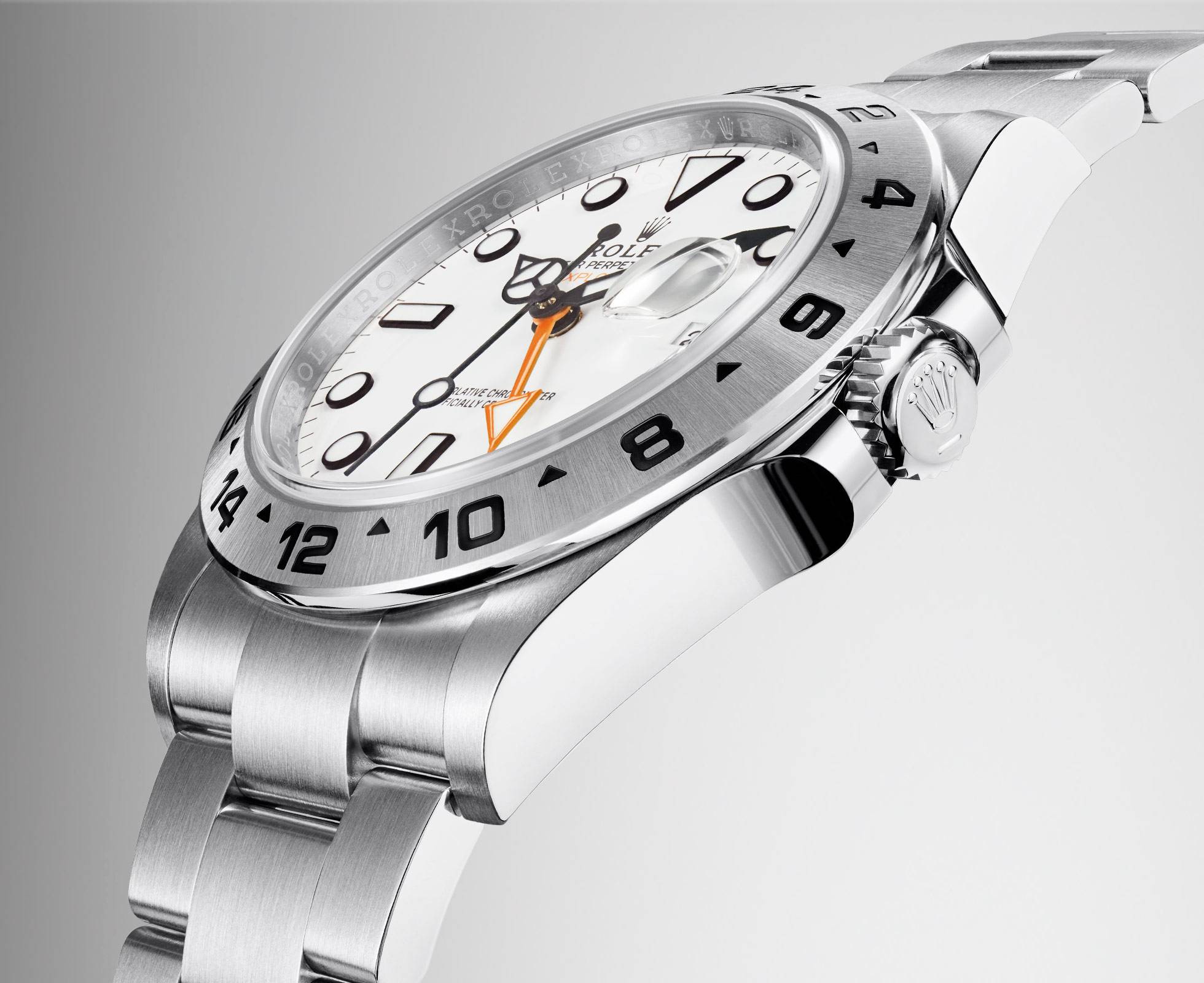Throughout history, watches have been an essential tool for measuring time and a fashionable accessory. From the humble beginnings of sundials to the cutting-edge technology of smartwatches, the evolution of timekeeping devices has been a fascinating journey. Over the centuries, watches have undergone significant transformations in their design, accuracy, and functionality, reflecting both technological advancements and changing fashion trends.
Early Innovations: Sundials to Mechanical Timepieces
The concept of measuring time can be traced back to ancient civilizations, with the invention of sundials and water clocks. Sundials used the movement of the sun's shadow to indicate time, while water clocks used the flow of water to measure its passage. However, it was not until the 14th century that mechanical clocks began to emerge, driven by springs and weights. These early mechanical timepieces paved the way for portable watches.
The Birth of Wristwatches:
While pocket watches were popular in the 16th to 19th centuries, the advent of the wristwatch in the late 19th century revolutionized timekeeping. Initially considered a more convenient option for women, wristwatches gained popularity among men during World War I when soldiers found them more practical than pocket watches on the battlefield. The wristwatch became a fashionable accessory, combining functionality with style.
Quartz Revolution and Digital Watches:
In the late 20th century, the invention of quartz technology transformed the watch industry. Quartz watches use electronic circuits to measure time accurately, making them more affordable, reliable, and convenient. This revolutionized the market, leading to a decline in mechanical watches. Additionally, the introduction of digital watches with LED or LCD displays provided a new level of precision and functionality, incorporating features like alarms, timers, and even calculators.
Mechanical Renaissance:
While quartz and digital watches dominated the market, the late 20th century also witnessed a resurgence of mechanical watches. Collectors and enthusiasts embraced the craftsmanship, intricate movements, and aesthetic appeal of mechanical timepieces. The art of watchmaking experienced a renaissance, with brands focusing on intricate complications, limited editions, and luxury materials.
Smartwatches and the Digital Age:
The 21st century brought about another significant shift in watch technology with the rise of smartwatches. Combining the functionality of a digital device with the convenience of a wristwatch, smartwatches connect to smartphones and offer a range of features beyond timekeeping. They provide notifications, fitness tracking, music control, and even the ability to make phone calls. The integration of touchscreens, voice commands, and advanced sensors has made smartwatches a versatile and popular choice.
Future Trends:
Looking ahead, the evolution of watches is expected to continue with advancements in technology and design. Hybrid watches that blend traditional aesthetics with smart features are gaining traction, catering to those who appreciate both classic style and modern functionality. Additionally, developments in materials, power sources, and connectivity are likely to shape the next generation of timepieces.
The evolution of watches from sundials to smartwatches is a testament to human ingenuity and our quest for accurate timekeeping and fashionable accessories. From mechanical marvels to quartz precision, digital innovation, and the emergence of smart devices, watches have adapted to the needs and desires of each era. As time progresses, it is exciting to see how watches will continue to evolve, blending tradition with technology to offer a perfect blend of style and functionality for generations to come.


